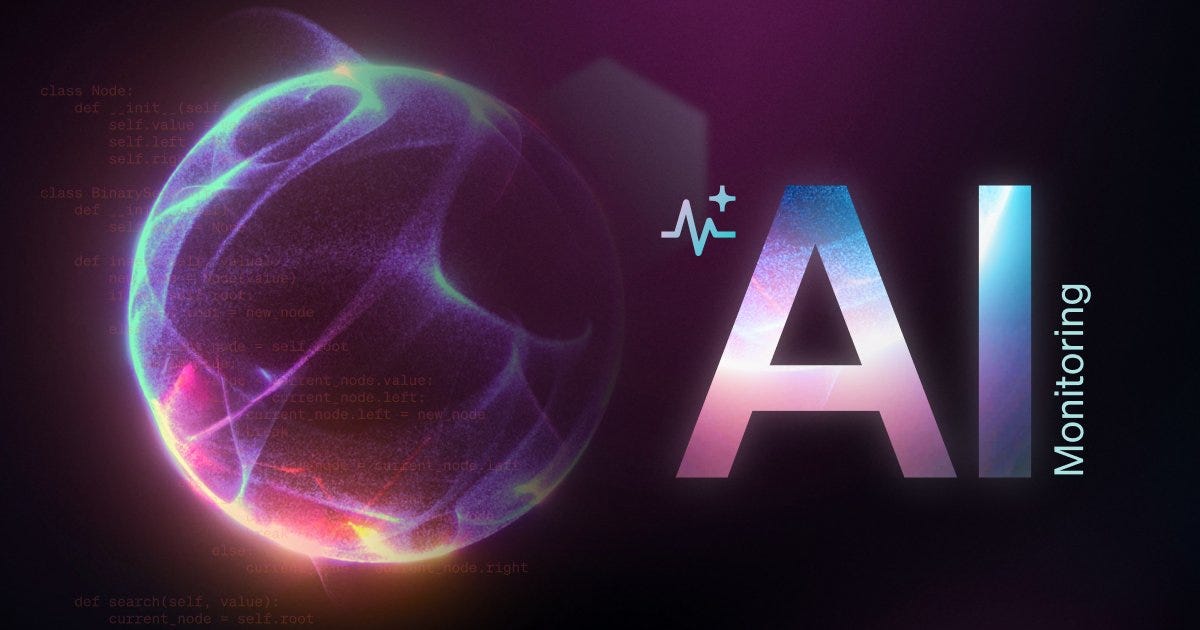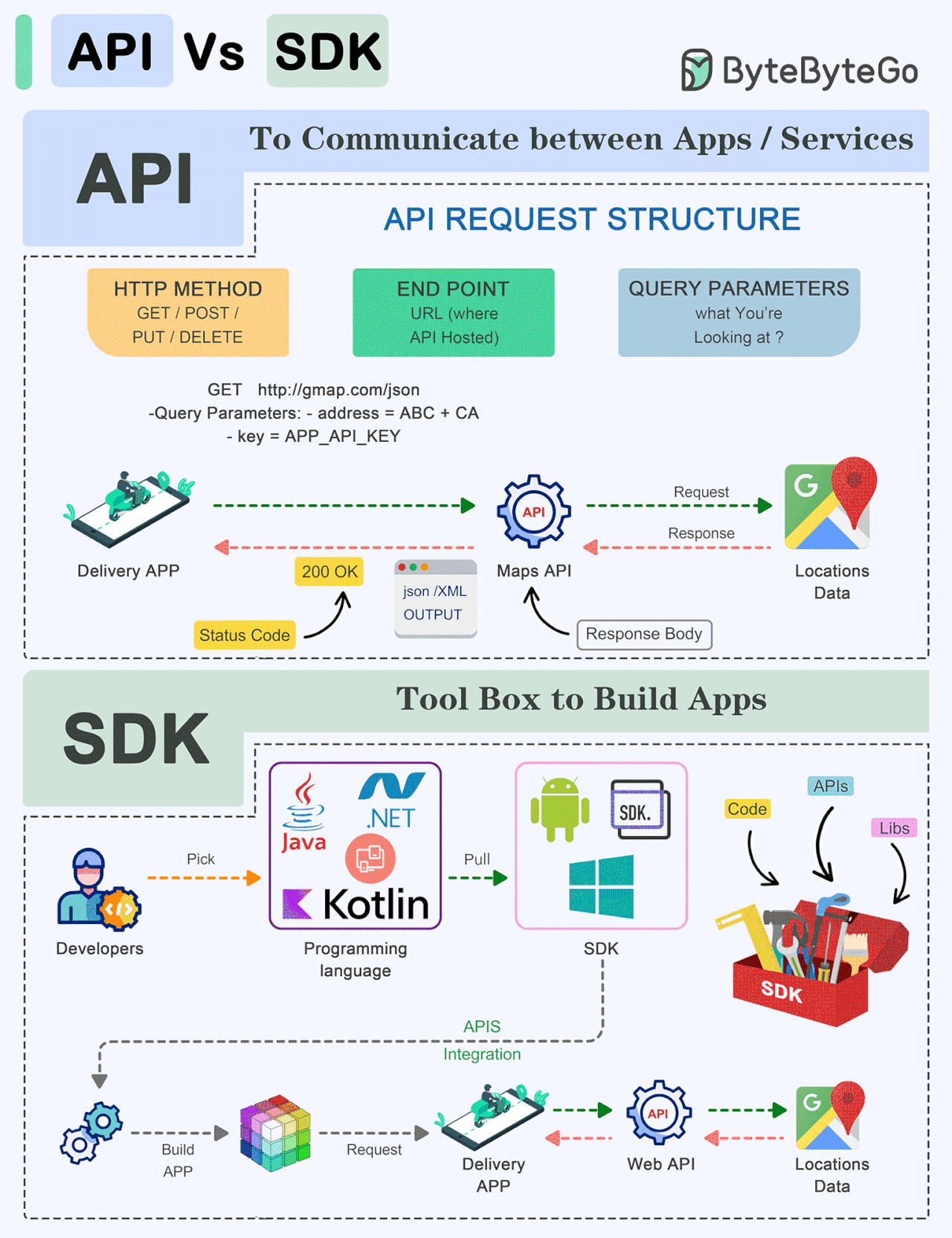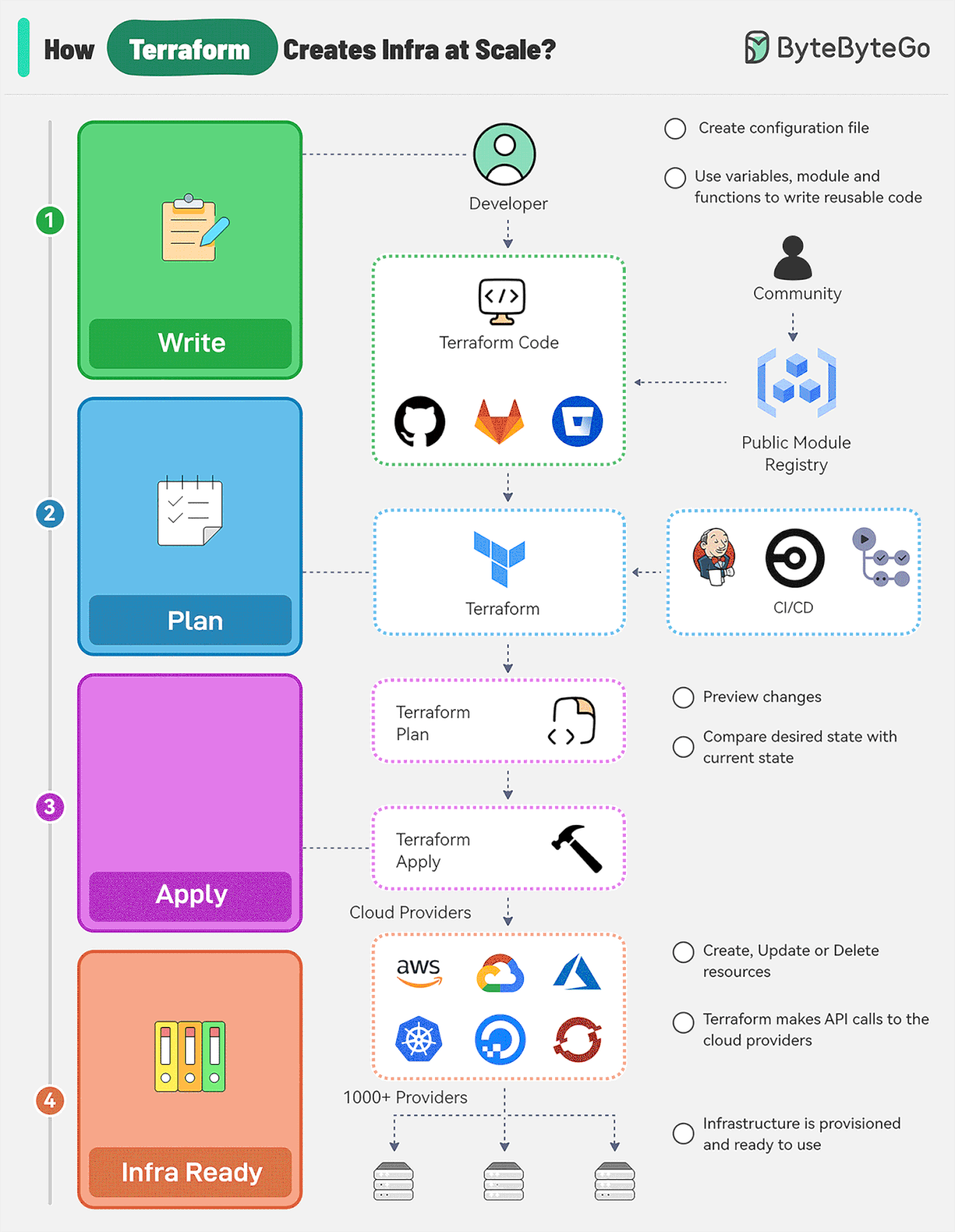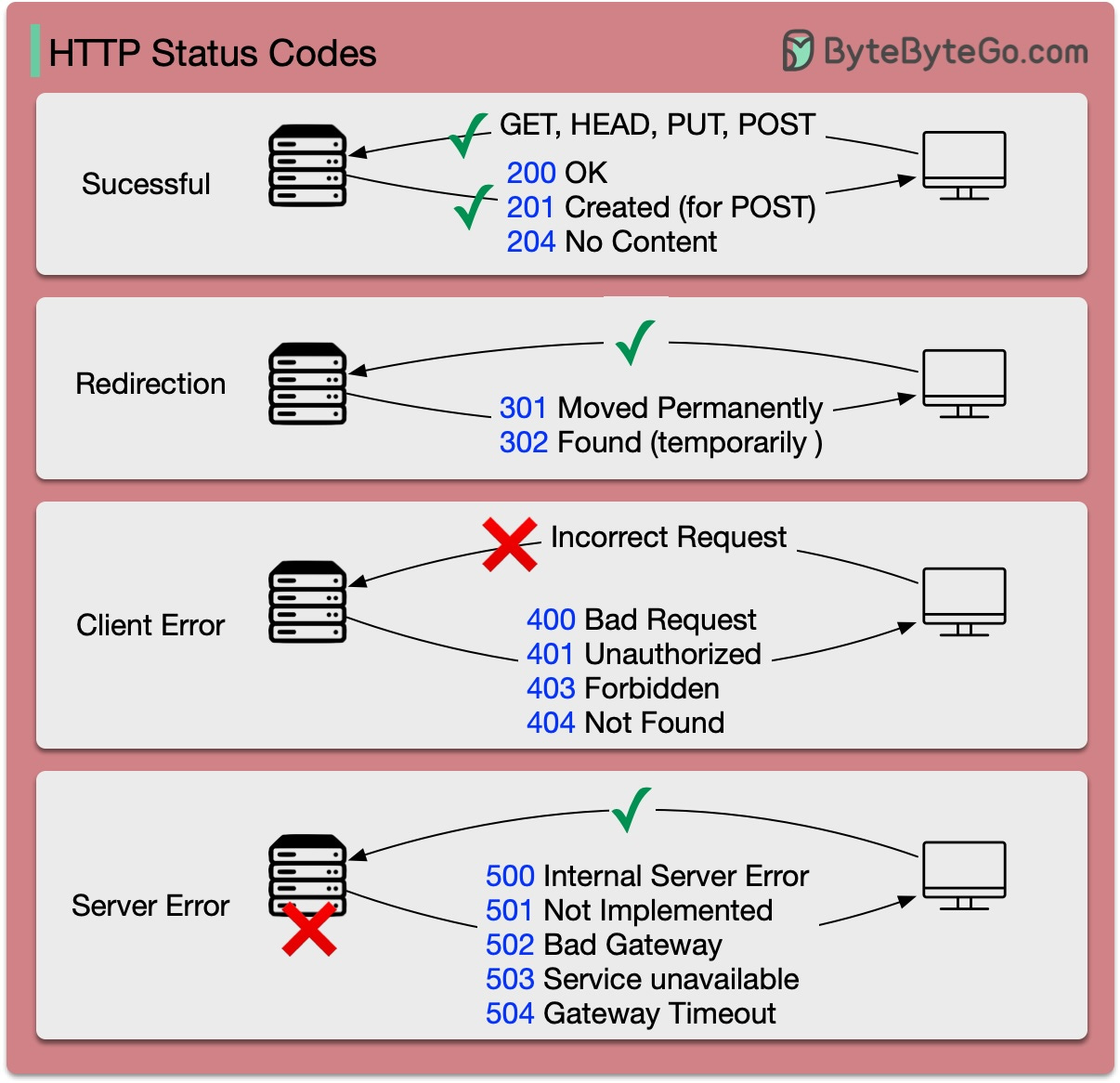EP133: API vs SDK
This week’s system design refresher:
Why is Kubernetes Popular | What is Kubernetes? (Youtube video)
API vs SDK
How does Terraform turn Code into Cloud?
HTTP Status Code You Should Know
Top 5 Most-Used Deployment Strategies
SPONSOR US
✂️Cut your QA cycles down to minutes with QA Wolf (Sponsored)
If slow QA processes bottleneck you or your software engineering team and you’re releasing slower because of it — you need to check out QA Wolf.
Their AI-native approach gets engineering teams to 80% automated end-to-end test coverage and helps them ship 5x faster by reducing QA cycles from hours to minutes.
QA Wolf takes testing off your plate. They can get you:
Unlimited parallel test runs
24-hour maintenance and on-demand test creation
Human-verified bug reports sent directly to your team
Zero flakes guaranteed
The benefit? No more manual E2E testing. No more slow QA cycles. No more bugs reaching production.
With QA Wolf, Drata’s team of 80+ engineers achieved 4x more test cases and 86% faster QA cycles.
Why is Kubernetes Popular | What is Kubernetes?
Optimizing AI chatbot performance with New Relic AI Monitoring (Sponsored)
If your chatbot is prone to errors or lags, it can frustrate your users, leading to poor experiences and potential loss of business. By using an observability tool like New Relic AI monitoring, you can observe key metrics such as response time, token usage, and error rates to ensure your chatbot performs optimally and delivers a smooth and efficient experience for your users.
Check out this guide to learn how to monitor and optimize the performance of a chatbot using New Relic AI Monitoring.
API vs SDK
API (Application Programming Interface) and SDK (Software Development Kit) are essential tools in the software development world, but they serve distinct purposes:
API: An API is a set of rules and protocols that allows different software applications and services to communicate with each other.
It defines how software components should interact.
Facilitates data exchange and functionality access between software components.
Typically consists of endpoints, requests, and responses.
SDK: An SDK is a comprehensive package of tools, libraries, sample code, and documentation that assists developers in building applications for a particular platform, framework, or hardware.
Offers higher-level abstractions, simplifying development for a specific platform.
Tailored to specific platforms or frameworks, ensuring compatibility and optimal performance on that platform.
Offer access to advanced features and capabilities specific to the platform, which might be otherwise challenging to implement from scratch.
The choice between APIs and SDKs depends on the development goals and requirements of the project.
Over to you: Which do you find yourself gravitating towards – APIs or SDKs – Every implementation has a unique story to tell. What's yours?
How does Terraform turn Code into Cloud?
There are multiple stages in a Terraform workflow:
Write Infrastructure as Code
Define resources, providers, and configurations in Terraform configuration files.
Use variables, modules, and functions to make the code reusable and maintainable.
Integrate with Terraform community registries for ready-to-use modules.Terraform Plan
Preview the changes Terraform will make to the infrastructure by running “terraform plan”. It can be triggered as part of a CI/CD pipeline.
Terraform compares the desired state defined in the configuration file with the current state in the state file.Terraform Apply
Run “terraform apply” to create, update, or delete resources based on the plan.
Terraform makes API calls to the specified providers (AWS, Azure, GCP, Kubernetes, etc) to provision the resources.
The state file is updated to reflect the new state of the infrastructure.Infrastructure Ready
Terraform state file acts as a single source of truth for the current state of the infrastructure.
State file enables version control and collaboration between team members for future changes.
Over to you: Have you used Terraform in your projects?
HTTP Status Code You Should Know
The response codes for HTTP are divided into five categories:
Informational (100-199)
Success (200-299)
Redirection (300-399)
Client Error (400-499)
Server Error (500-599)
These codes are defined in RFC 9110. To save you from reading the entire document (which is about 200 pages), here is a summary of the most common ones:
Over to you: HTTP status code 401 is for Unauthorized. Can you explain the difference between authentication and authorization, and which one does code 401 check for?
Top 5 Most-Used Deployment Strategies
- Big Bang Deployment
- Rolling Deployment
- Blue-Green Deployment
- Canary Deployment
- Feature Toggle
SPONSOR US
Get your product in front of more than 1,000,000 tech professionals.
Our newsletter puts your products and services directly in front of an audience that matters - hundreds of thousands of engineering leaders and senior engineers - who have influence over significant tech decisions and big purchases.
Space Fills Up Fast - Reserve Today
Ad spots typically sell out about 4 weeks in advance. To ensure your ad reaches this influential audience, reserve your space now by emailing sponsorship@bytebytego.com








If you don't know the difference you should consider a different career.
We value your privacyWe and our 82 partners store and access information on your device, such as unique IDs in cookies. This is done to process personal data. To take these actions we require your consent, which you can provide through the banner options. You can manage your preferences and object to processing based on legitimate interest at any time in the privacy policy page. Cookie PolicyCertain vendors, once consent is provided by you to the storage of information on your device and/or to the access of information already stored on your device, use legitimate interest to further process your personal data.
We and our partners collect and use data
Use precise geolocation data. Actively scan device characteristics for identification. Store and/or access information on a device. Personalised advertising and content, advertising and content measurement, audience research and services development.List of Partners (vendors)